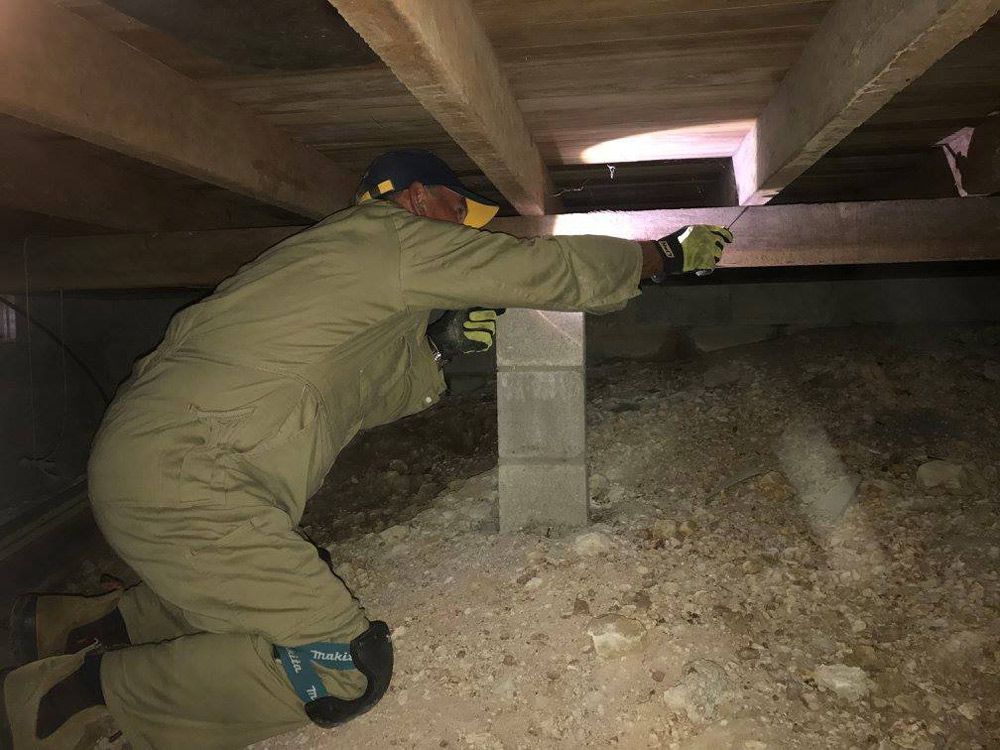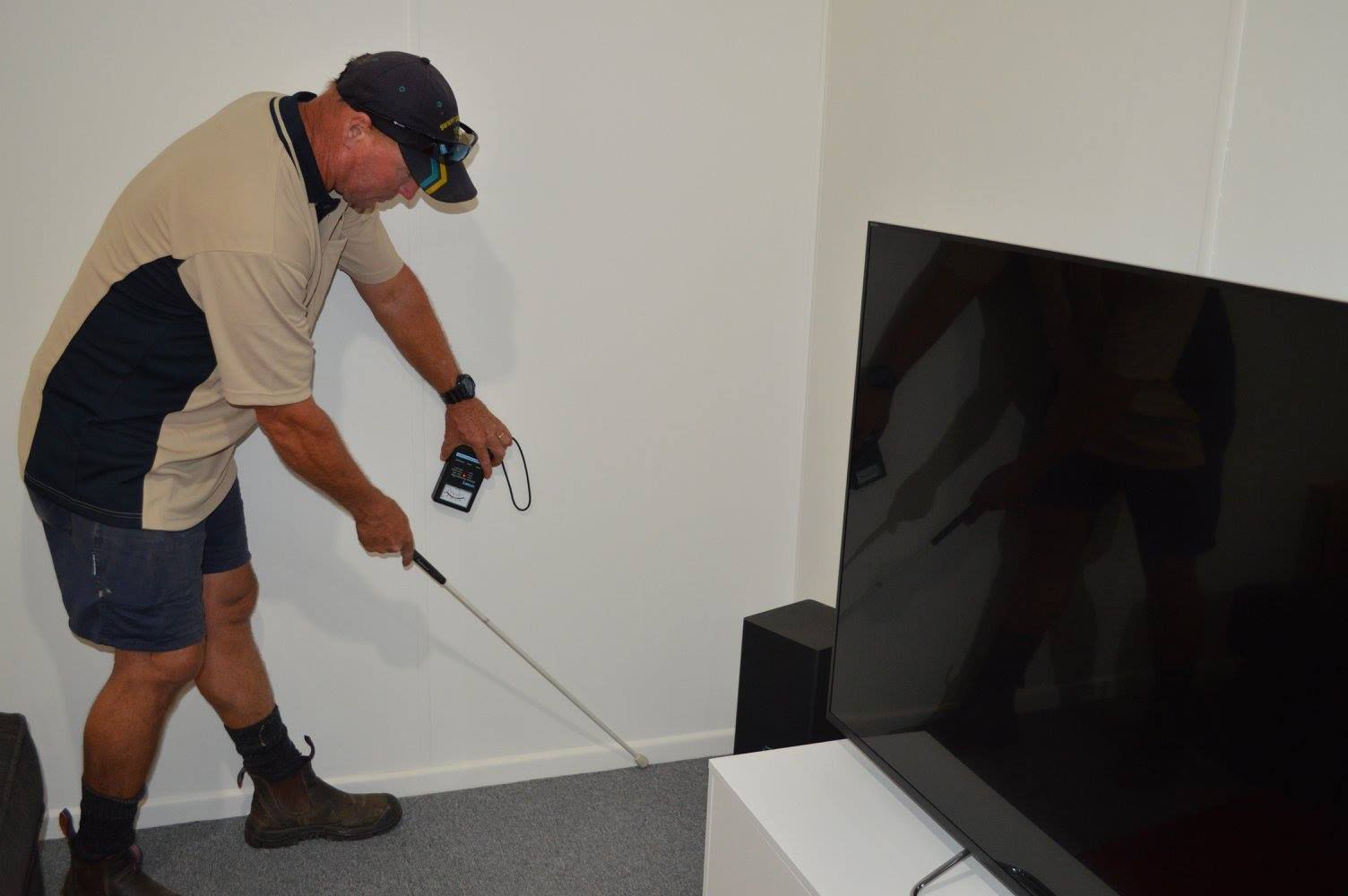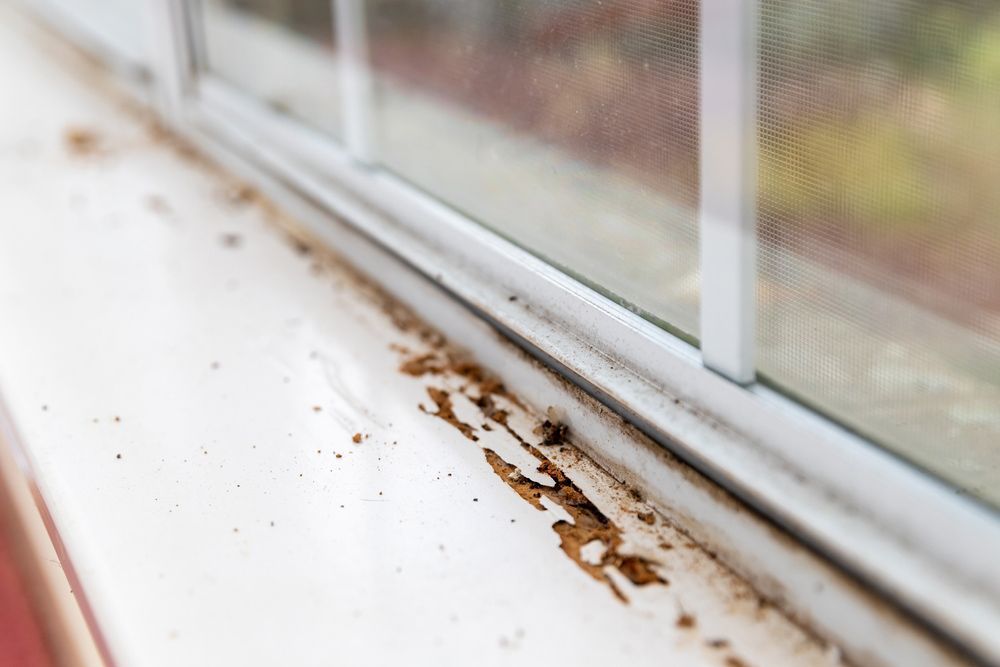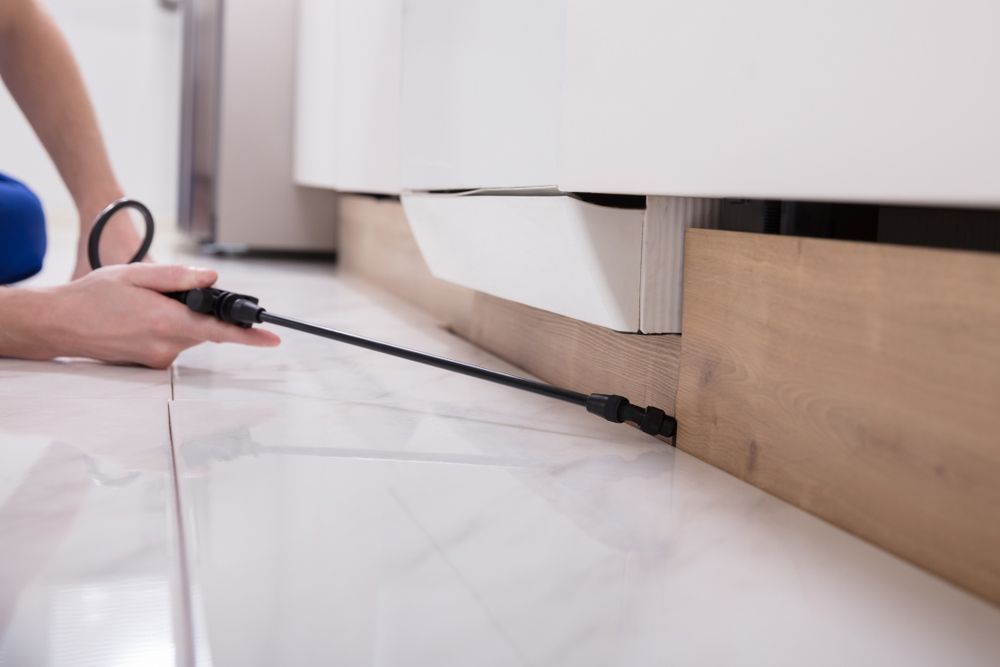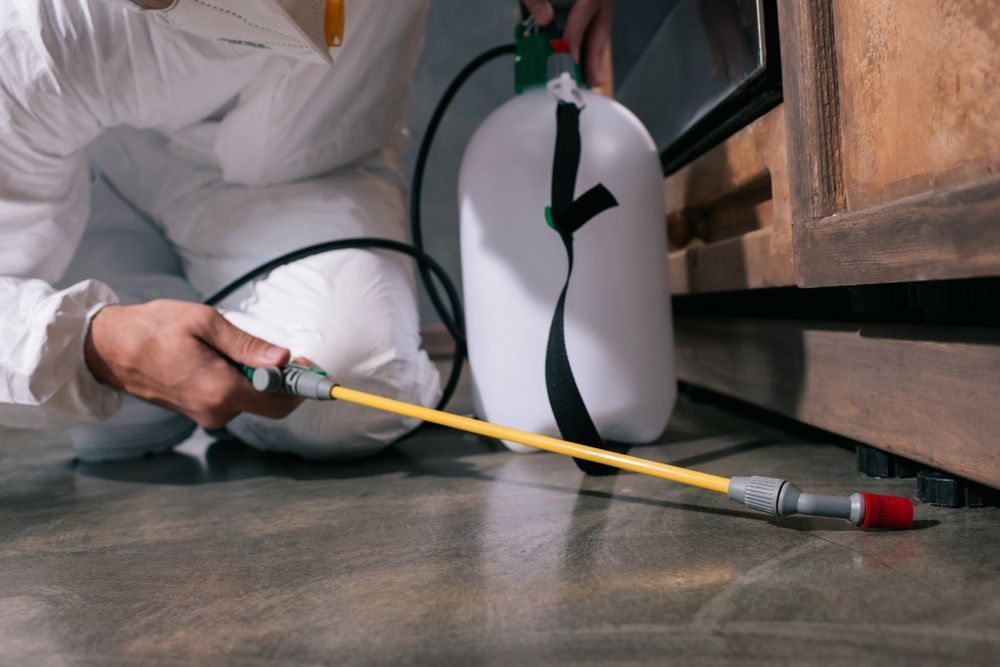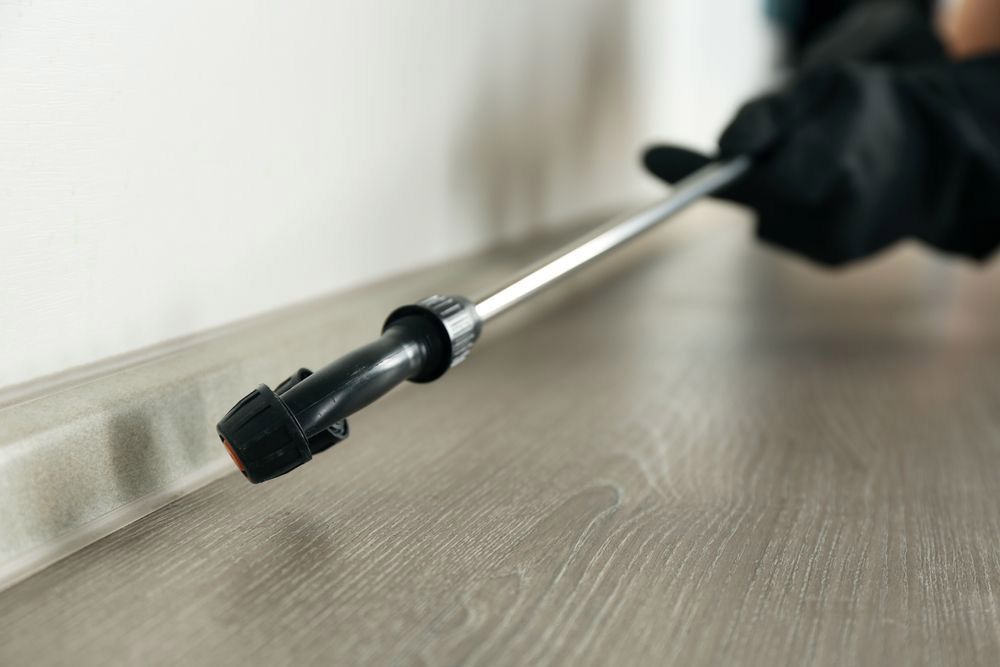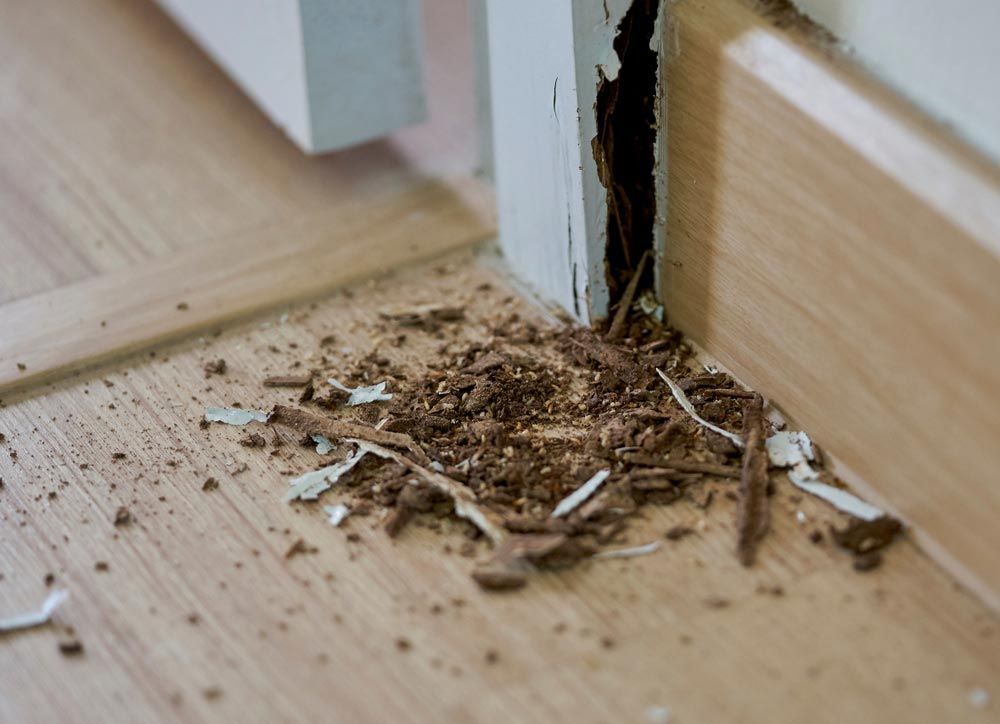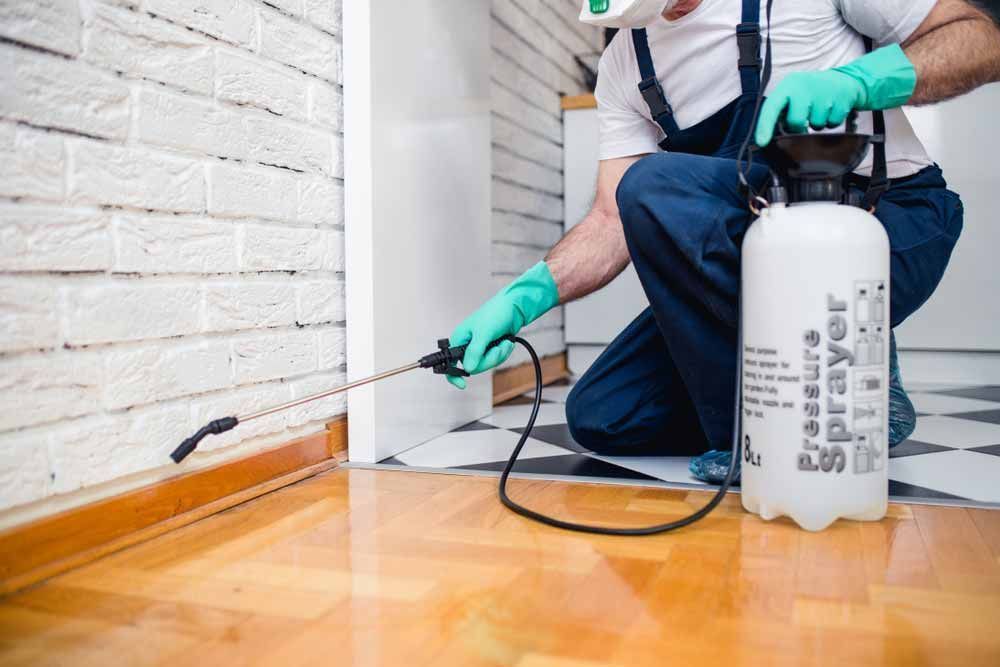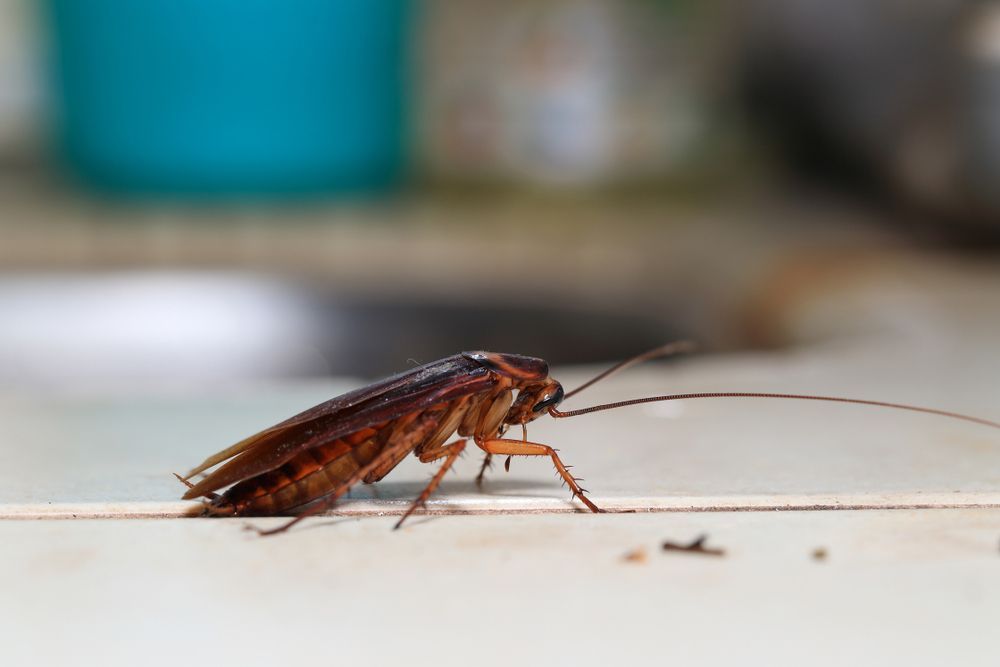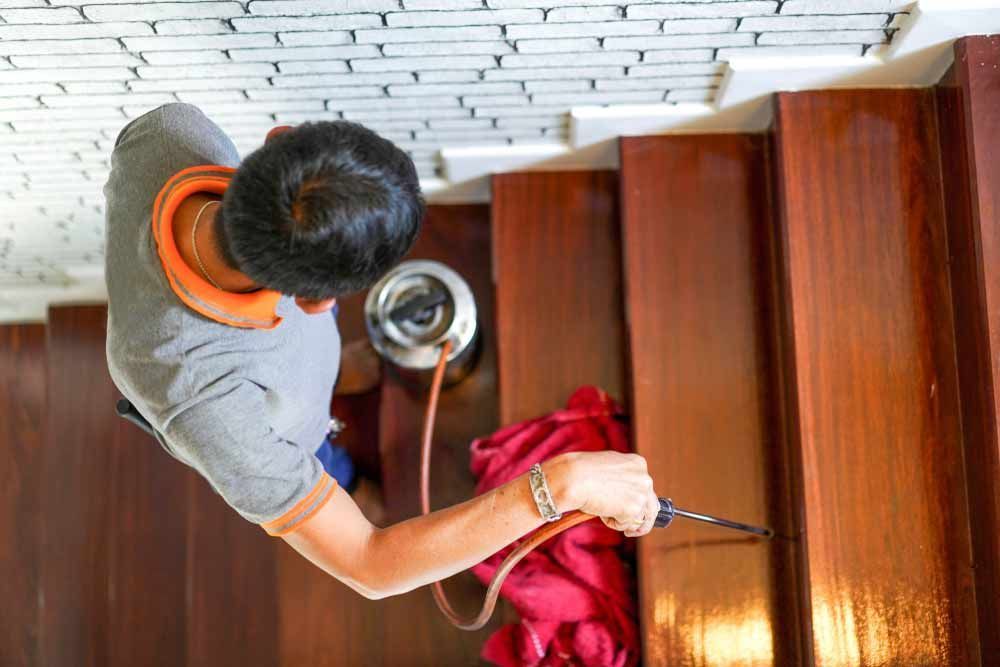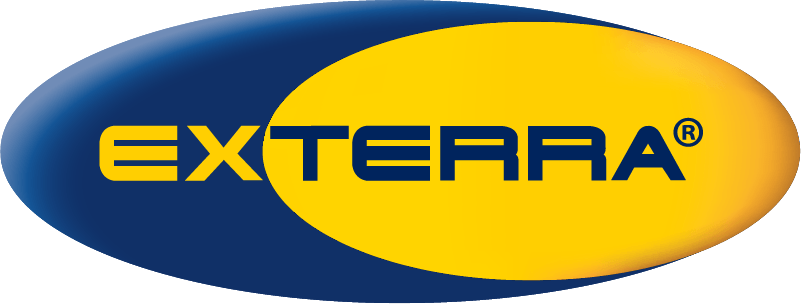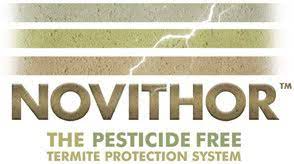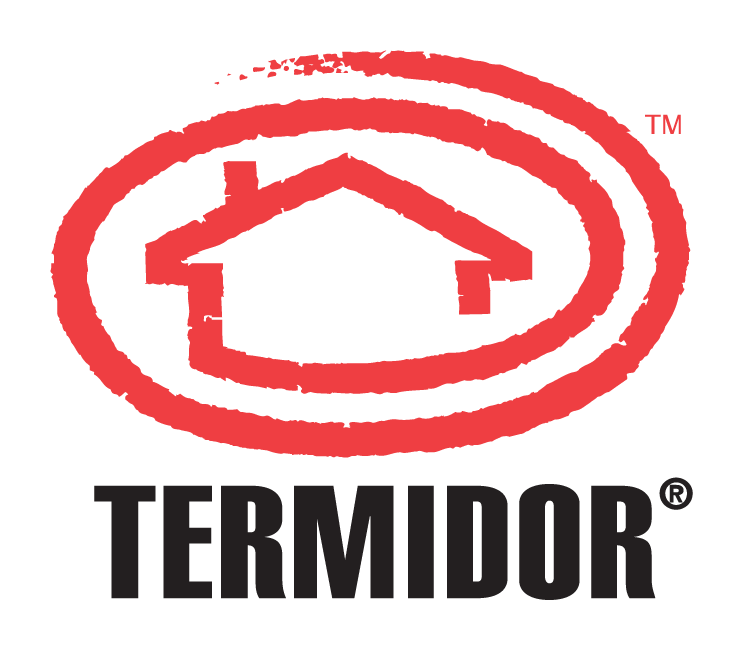Know Your Enemy: Types Of Termites In Australia
May 26, 2023
We Aussies share our great land with a variety of creatures, including a silent, potentially destructive invader: termites. In fact, there are over 300 species of termites in Australia, which is far too many to list here! This article will delve into the most common types of termites in Australia so you can better understand the enemy and safeguard your property.
Mastotermes (or Giant Termite)
The Mastotermes Darwiniensis, also known as the Giant Northern Termite, is the most primitive termite globally. They're aptly named for their size and have a voracious appetite for a wide range of materials, including wood, crops and even dung.
Cryptotermes (or West Indian Dry-Wood Termite)
A migrant species now comfortably settled, Cryptotermes is a dry-wood termite that can cause significant damage. They nest directly within their chosen wood source, with no need for soil contact, making detection all the more challenging.
Neotermes (or Ring-Ant Termite)
Neotermes, or the Ring-Ant Termite, usually infests moist or rotting wood, often the result of persistent leaks or high humidity. Coastal regions and areas with heavy rainfall are their preferred habitats.
Porotermes (or Dampwood Termite)
Porotermes, or dampwood termites, are commonly found in areas with high rainfall. Preferring moist and decaying wood, they're often discovered when homeowners notice the tell-tale signs of wood damage.
Heterotermes
Typically a less damaging species, Heterotermes are subterranean, making their nests in the ground. Though primarily feeding on grass and leaf litter, they may also consume wood in contact with the soil.
Coptotermes
Coptotermes are a particularly destructive termite species, often causing substantial structural damage. They live in large, subterranean colonies, feeding on anything from living trees to wooden structures.
Schedorhinotermes
Schedorhinotermes are another significant threat to structures. They feature both minor and major workers in their colonies, which can cause extensive damage. Nesting in trees, patios, tree stumps or under foundations, they can cause lots of damage.
Microcerotermes
Known for their small, compact colonies and preference for feeding on dead trees and hardwood fences, Microcerotermes species are less commonly found in homes, but can still pose a risk.
Amitetermes (or Compass Termite)
Known for their remarkable, north-south oriented mounds, Amitetermes are generally less of a threat to structures, preferring open grasslands. Their nest can reach heights of heights of 3-4 metres above ground and have sophisticated temperature control.
Nasutitermes
Nasutitermes construct distinctive mound nests and are commonly found in coastal regions and rainforests. While not typically a threat to structures, they are known to enter homes that have extensive wood decay due to poor ventilation and plumbing.
Worried You’ve Got Termites in Your Sunshine Coast Home?
At Suncoast Termite & Pest, our licensed pest control experts are accredited to provide comprehensive pest control services, including termite inspections and barriers. Servicing the entire Sunshine Coast Region, our team have the expertise and tools required to identify, treat and prevent termite infestations. Get in touch today and we’ll keep your home safe from the enemy!

